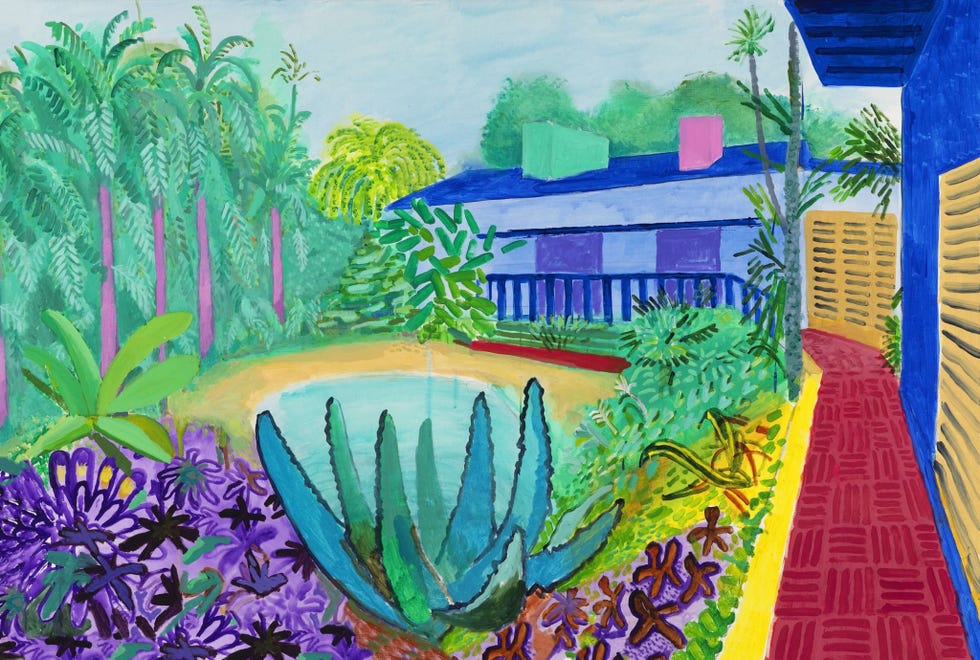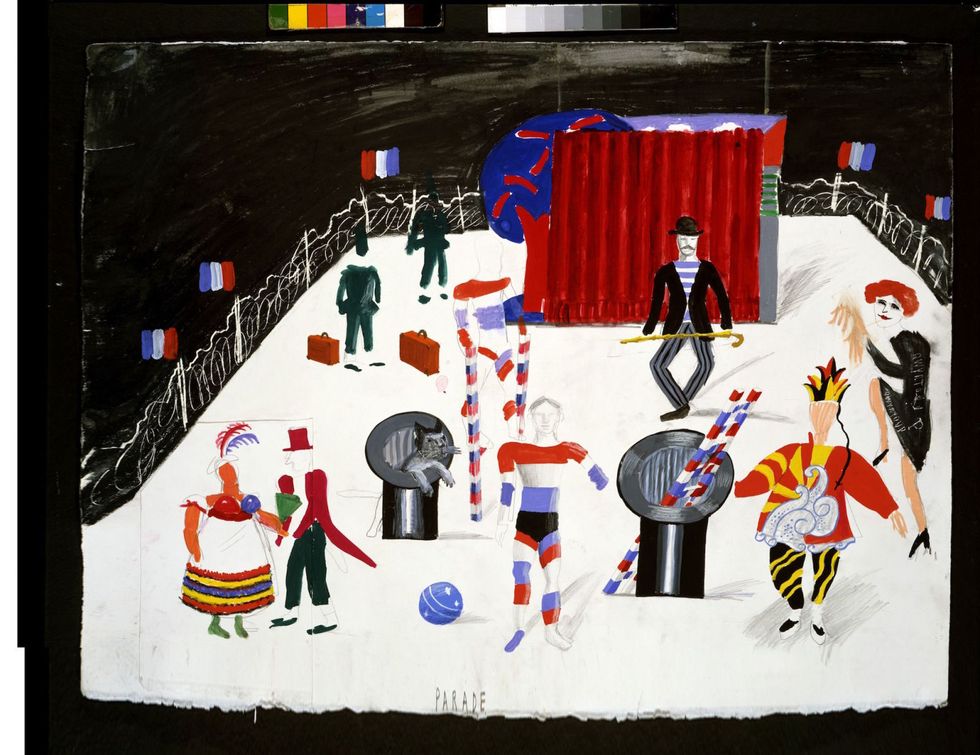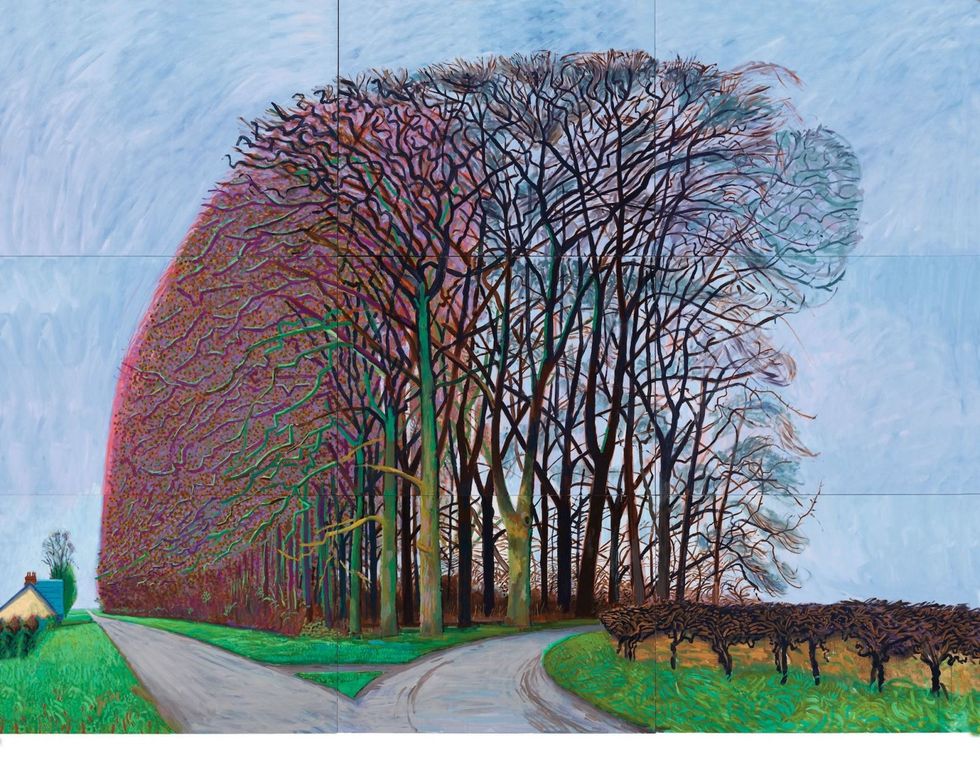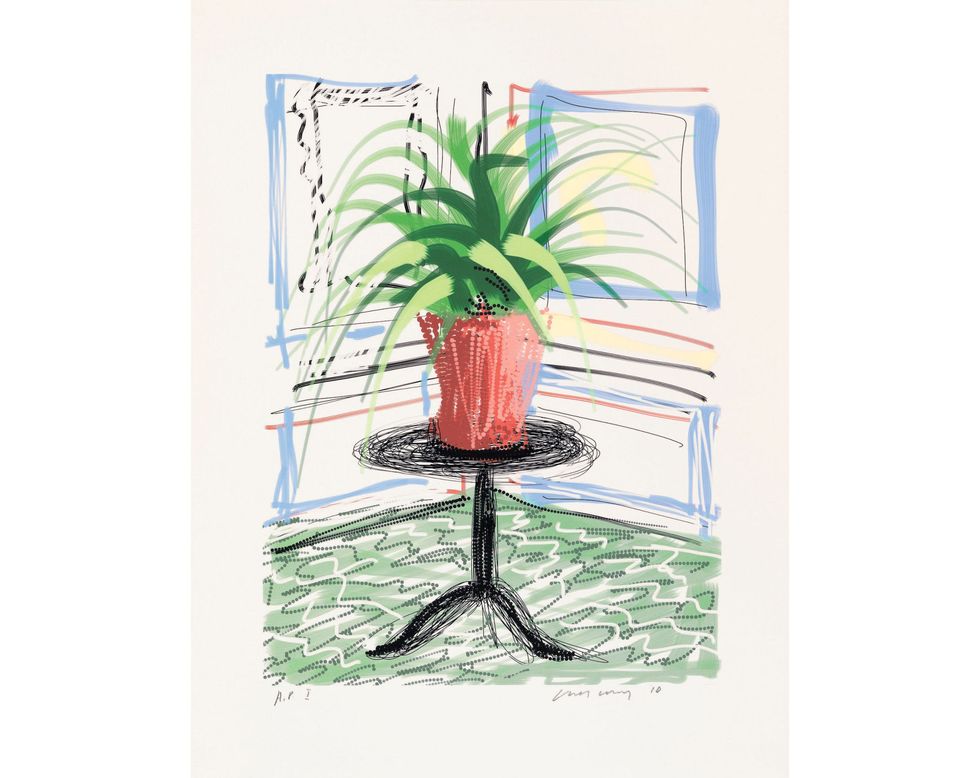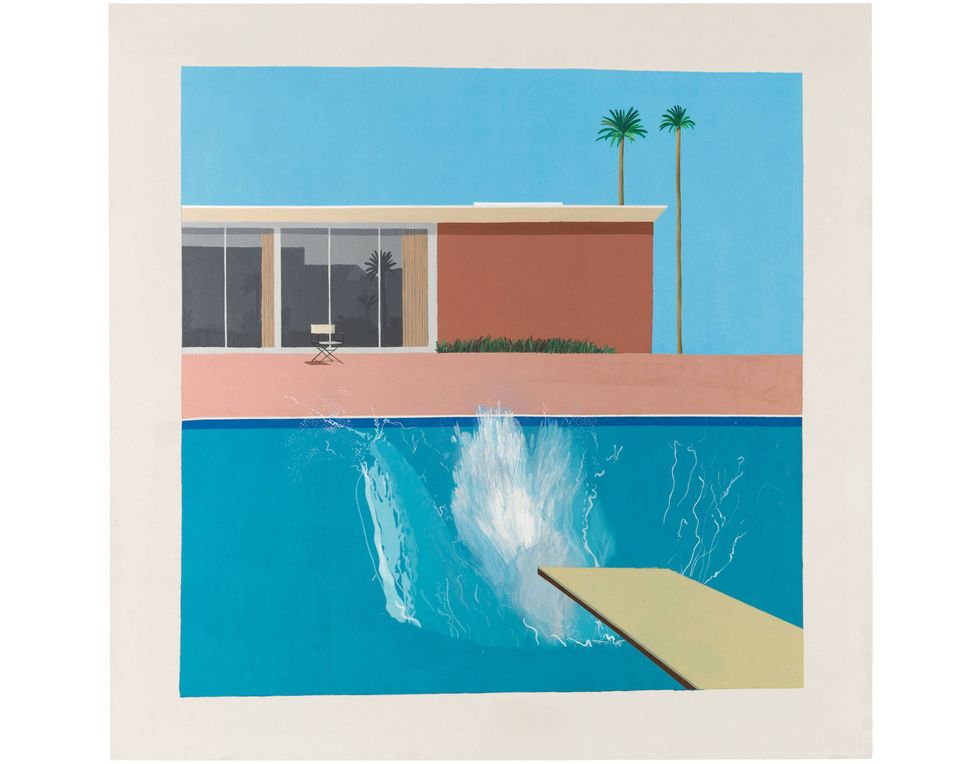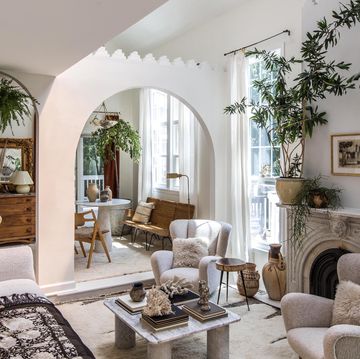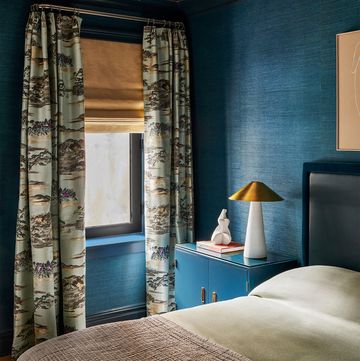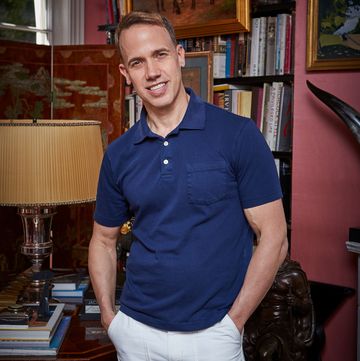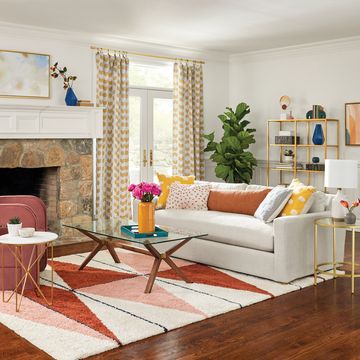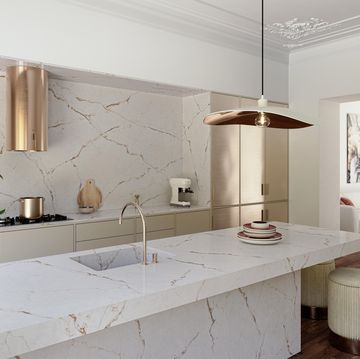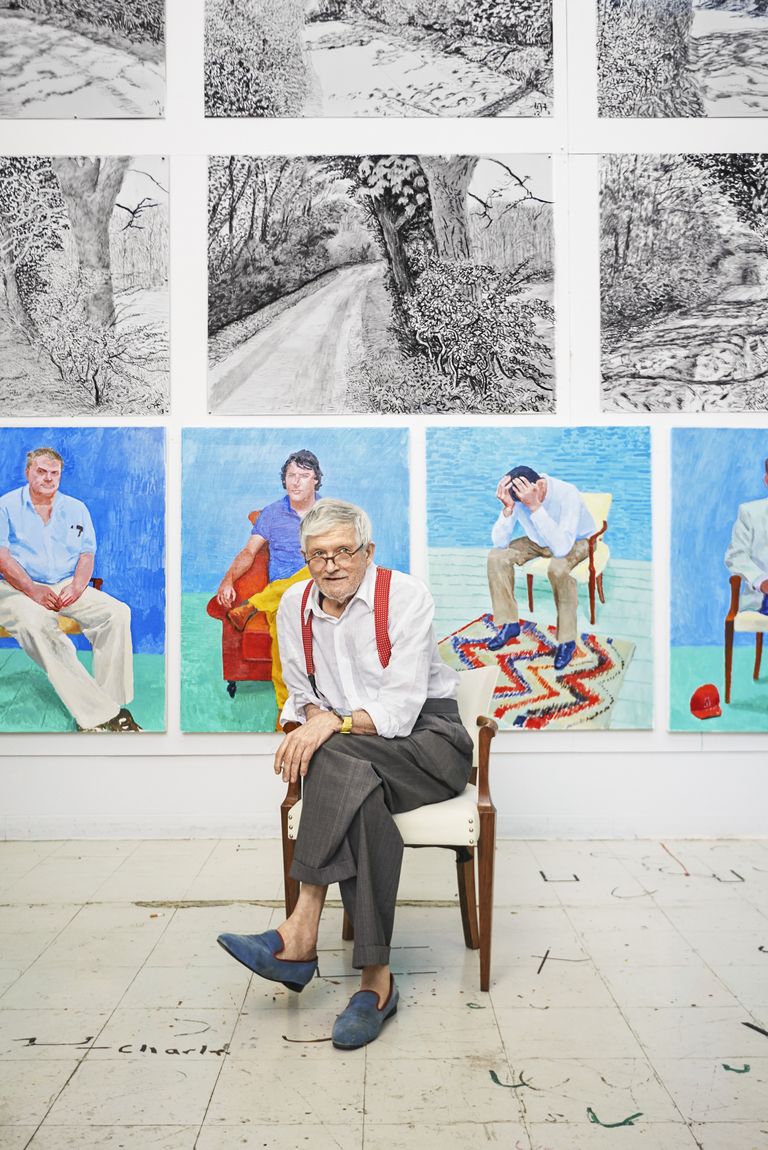
David Hockney Shares His Unconventional Wisdom On Light And Color
The painter and photographer has experimented with space, light and color not only in paintings, but also in photographic collages, set designs, and luminous drawings made on an iPad.
"I've been looking at the world all my life," says David Hockney, "and what I see is rather beautiful." The English artist became famous thanks to his idyllic studies of swimming pools (and the handsome men who splashed around in them), which he painted in the 1960s and '70s after moving to Los Angeles. In the decades since, he has experimented with space, light, and color not only in paintings, but also in photographic collages, set designs, and luminous drawings made on an iPad.
Hockney's controversial belief that some Old Masters relied on a mirror or a camera obscura to create convincing detail informs his new book, "A History of Pictures" (Abrams), cowritten with critic Martin Gayford. And his multifaceted career—from sensitive portraits of his artistic circle to recent landscapes of his native Yorkshire—is surveyed in his largest museum retrospective to date, which opens in February at Tate Britain before traveling to Paris and New York, as well as a new monograph from Taschen so large it comes with its own book stand. At 79, Hockney shows no signs of slowing down: As he quips, "I'll just go on until I fall over."
Watch Next
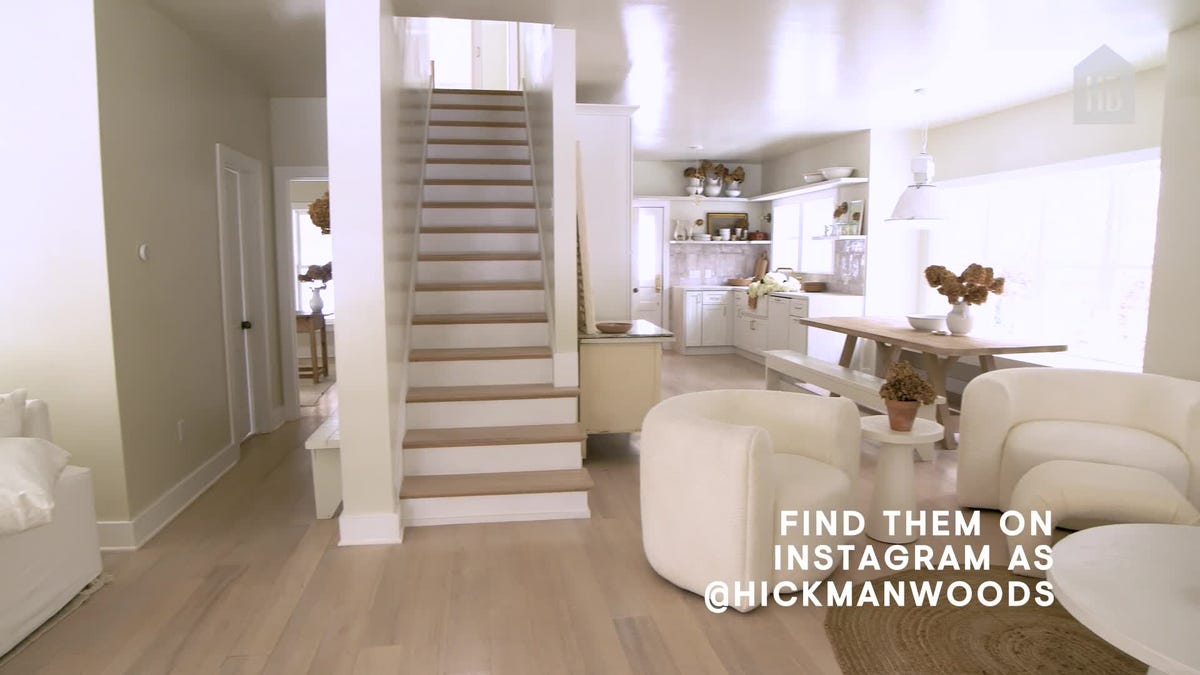
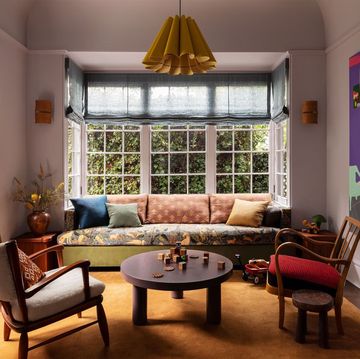
60 Clever Home Decor Ideas, According to Designers
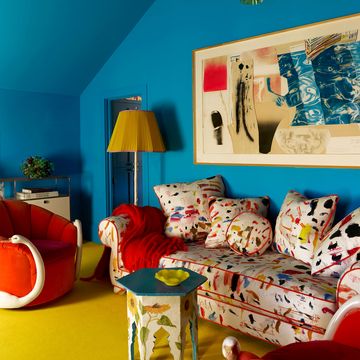
Does This Sofa Go with My Monet?
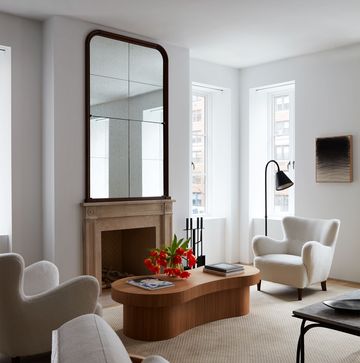
Can You Find the Hidden TV?

Here’s How to Find the Best Furniture Deals
